Recent market movements have positioned Apple as a darling of Wall Street, with the tech giant's stock climbing steadily amid broader economic uncertainty. Apple briefly crossed the $4 trillion market cap threshold, joining an exclusive club with only Nvidia and Microsoft. Beneath those big headline numbers sits a more complicated story, one that asks a simple question: solid ground or wishful thinking about the next wave of innovation?
Investors cheer each uptick. The fundamentals, not so much. Apple stock has surged 64% since its April low, and the company hit an all-time intraday high for five consecutive trading days. That kind of run turns heads, and it also makes seasoned analysts ask what, exactly, is pushing the price higher.
The disconnect shows up in the operations. Apple’s recent quarters flash mixed signals. Revenue topped $100 billion, yet growth trends do not line up with the stock’s swagger. The company that once reshaped entire categories now faces questions about its innovation pipeline and its position in artificial intelligence, the central tech battleground of this era.
The numbers don't lie: revenue reality vs. stock fantasy
Here is the rub. Apple is trading for 33 times forward earnings, but growing a lot more slowly than that. When you follow the revenue arc, the valuation gap is hard to ignore.
The historical tape is clear. Apple's net sales have failed to top 8% growth for four straight years at least, with a compound annual revenue growth rate of 1.8% over the past three years. Remember the early iPhone super-cycles? This is not that. The current price seems to shrug at a slower-growth reality.
The road ahead is not exactly roaring either. Apple is possibly more than midway through what could be at least six fiscal years of single-digit revenue growth. That looks less like a blip and more like a scale-driven ceiling.
The latest quarter, while tidy on paper, underlines the theme. In the fiscal fourth quarter, phone sales rose a modest 6%, while iPad and wearable segments were flat. Services did the heavy lifting, reaching an all-time high of $28.8 billion with 15% year-over-year growth. High margin, yes, but not enough to carry the entire story.
Guidance tells its own story. Management is eyeing 10% to 12% revenue growth for the new fiscal first quarter, fueled by double-digit growth for its iPhone business. Better, if it lands. The catch, AI-powered upgrades need to kick in at scale. Will they?
Innovation drought: where's the next big thing?
Tech runs on lightning-bolt moments. Apple used to drop them with clockwork drama. iPhone, iPad, Apple Watch. Lately, the spark feels smaller.
Take Vision Pro. It is exquisitely built, no surprise there, yet mainstream traction has been limited so far. The lukewarm reception hints at a tougher question, has Apple lost some of its knack for pinpointing problems people feel before they can name them?
Competition is not waiting around. Android OEMs are experimenting with foldables and tight AI tie-ins, while iPhone upgrades read more iterative. Apple's privacy-first ethos has delayed AI feature rollouts and limited Siri's capabilities compared to Google Assistant and ChatGPT.
The AI gap looms largest. Apple's 3-billion-parameter AI models trail industry leaders like OpenAI's GPT-4 and Google's Gemini. On-device processing and privacy are real advantages, but rivals are already shipping features that noticeably change how people use their devices. A cautious approach makes sense for privacy, and it still risks falling behind a fast-moving shift.
Historically, Apple could enter late and still take the profits through execution and ecosystem integration. That playbook gets harder when AI cycles move faster than traditional product timelines.
Market dynamics: the ecosystem trap
Apple’s ecosystem is a fortress, and it can be a cage. The tight weave across iPhone, Mac, iPad, and Apple Watch keeps customers in orbit. Eighty percent of iPhone users own at least one other Apple product, creating switching costs that rise with each additional device.
There is a catch. Longer upgrade cycles blunt the revenue rhythm as devices last longer and annual improvements feel smaller. Many people now hold an iPhone for three or four years, not two. Predictability suffers.
China adds another knot to untangle. Apple's sales dipped 3.6% in China to $14.5 billion, and China remained a growth headwind, with revenue declining for the sixth straight quarter. That is not only macro noise, it is rising local competition and geopolitical friction pressing on a key market.
Regulatory pressure is building too. The European Union is pushing changes around app store policies, USB-C, and interoperability. Consumers may benefit, but prying open parts of a closed ecosystem can chip away at pricing power and margins.
And even the ecosystem edge meets new rivals. Cross-platform services from Google, Microsoft, and emerging AI assistants deliver strong experiences without requiring a full Apple hardware stack.
What the smart money should be watching
The gap between price action and operations suggests investors are paying up for potential rather than proof. That can work, it also raises the stakes if timelines slip.
Analysts are split. Goldman Sachs raised its target from $279 to $320, and TD Cowen set the street-high target at $325. Those calls bet on AI upgrades hitting on schedule.
Then there is the pushback. Jefferies has repeatedly downgraded Apple with multiple downgrades in October 2024, January 2025, and most recently May 2025. Their worry, near-term iPhone models may not bring the step-change AI that drives units.
Watch three things. First, whether AI shows up across products in ways that feel essential, not just clever. Second, whether new categories break through beyond incremental hardware tweaks. Third, whether core iPhone growth can reaccelerate without leaning only on services.
Scale matters too. Apple's ecosystem has over 2.35 billion active devices globally. Massive reach helps, yet reach without breakthrough moments eventually meets a ceiling financial engineering cannot lift.
Looking forward: realistic expectations
So where does that leave the stock? Wall Street's 12-month median price target of $256 indicates that analysts aren't expecting significant upside from current levels.
The bigger question is the growth path from this scale. The company is expected to deliver almost $440 billion in revenue in the current fiscal year. Growing meaningfully off that base likely needs new categories or genuine tech leaps.
The balance sheet helps. Cash generation gives Apple room to invest and to reward shareholders. Services keep adding steady, high-margin fuel. Morningstar expects gross margins to continue rising, as Apple benefits from a higher mix of high-margin services revenue and from pricing power in premium iPhone models.
AI remains the wild card. It could kick off another upgrade cycle, just not necessarily on the market’s preferred timeline.
Bottom line: proceed with caution
Apple is still a world-class business, with a brand moat, fat margins, and a services engine that throws off recurring revenue. The ecosystem creates real switching costs, and the company has the cash to keep swinging.
The valuation, though, bakes in a lot of AI-led hope. After a big run and premium multiples, new buyers might prefer a pullback that better reflects operations rather than projections.
For long-term holders, the story still works, just temper expectations. The explosive returns of past super-cycles are harder to repeat at this size. That is the law of large numbers at work.
Apple’s next chapter hinges on turning from a maturing cash machine into a renewed innovation leader. That will decide whether the latest rally represents durable value creation or a bout of market enthusiasm.
Until the company shows another truly transformative act, keeping a bit of healthy skepticism about every pop in the stock seems like the smarter move.





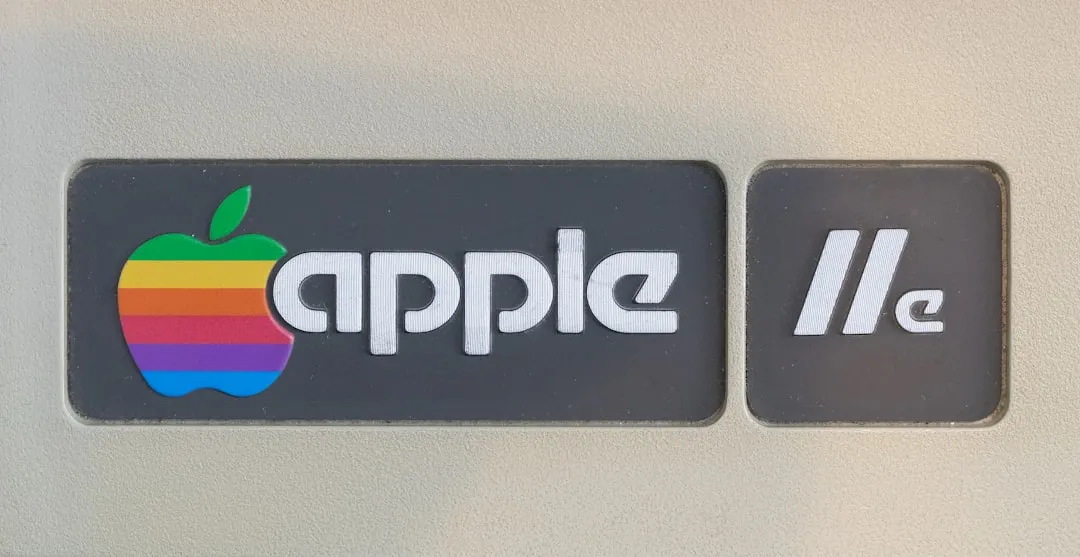



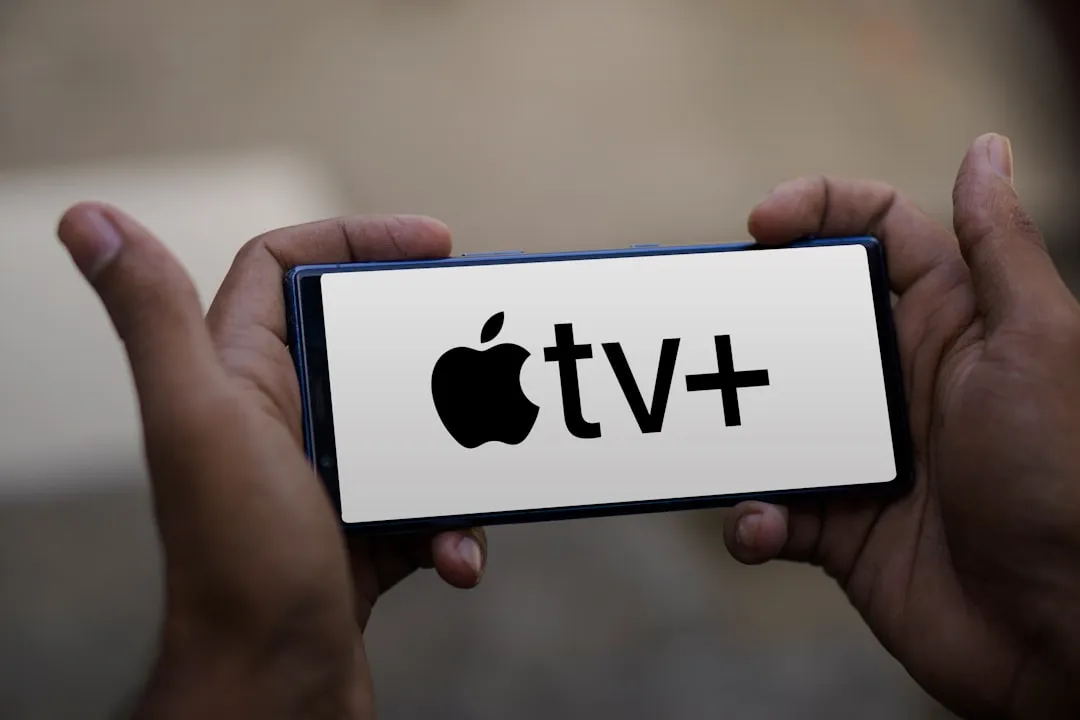
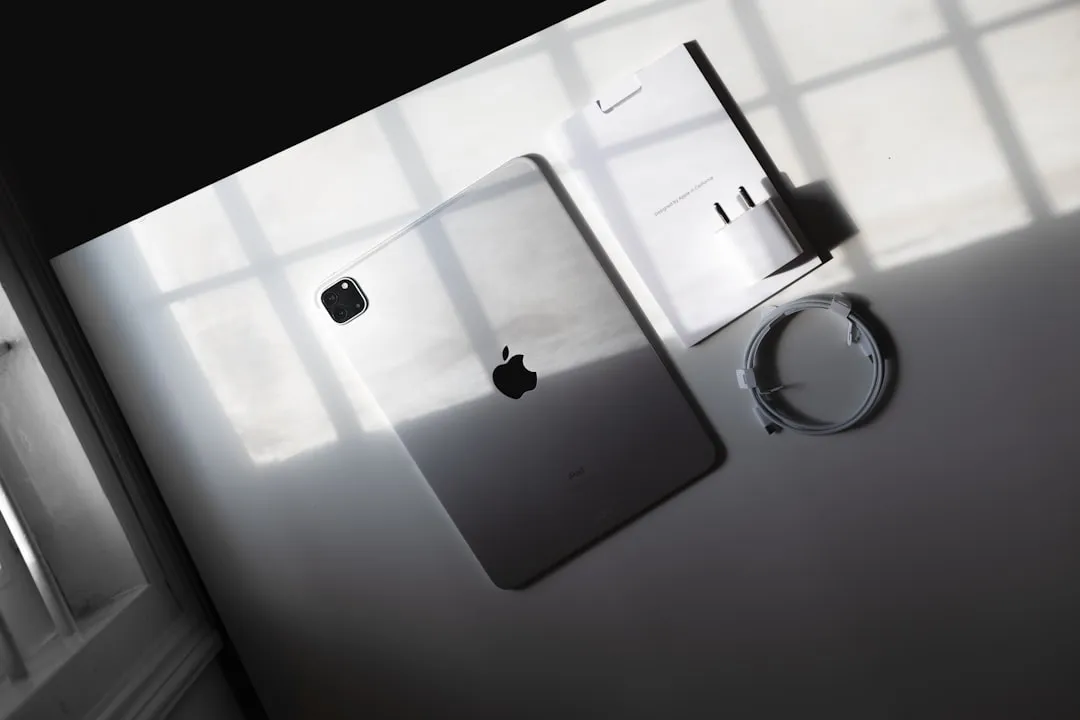




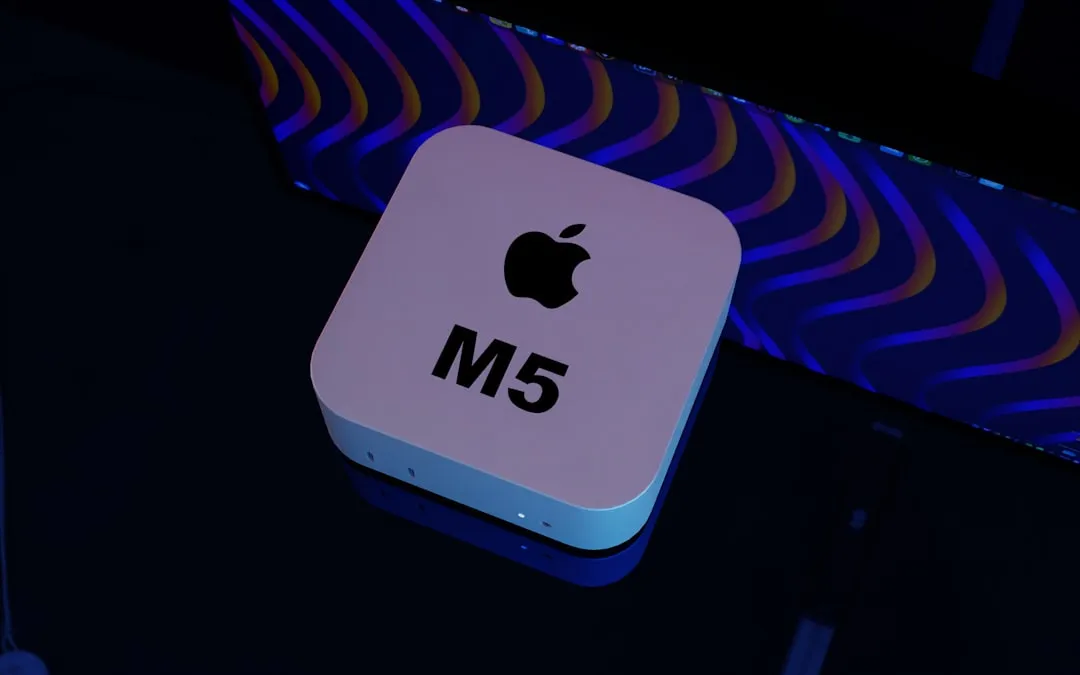
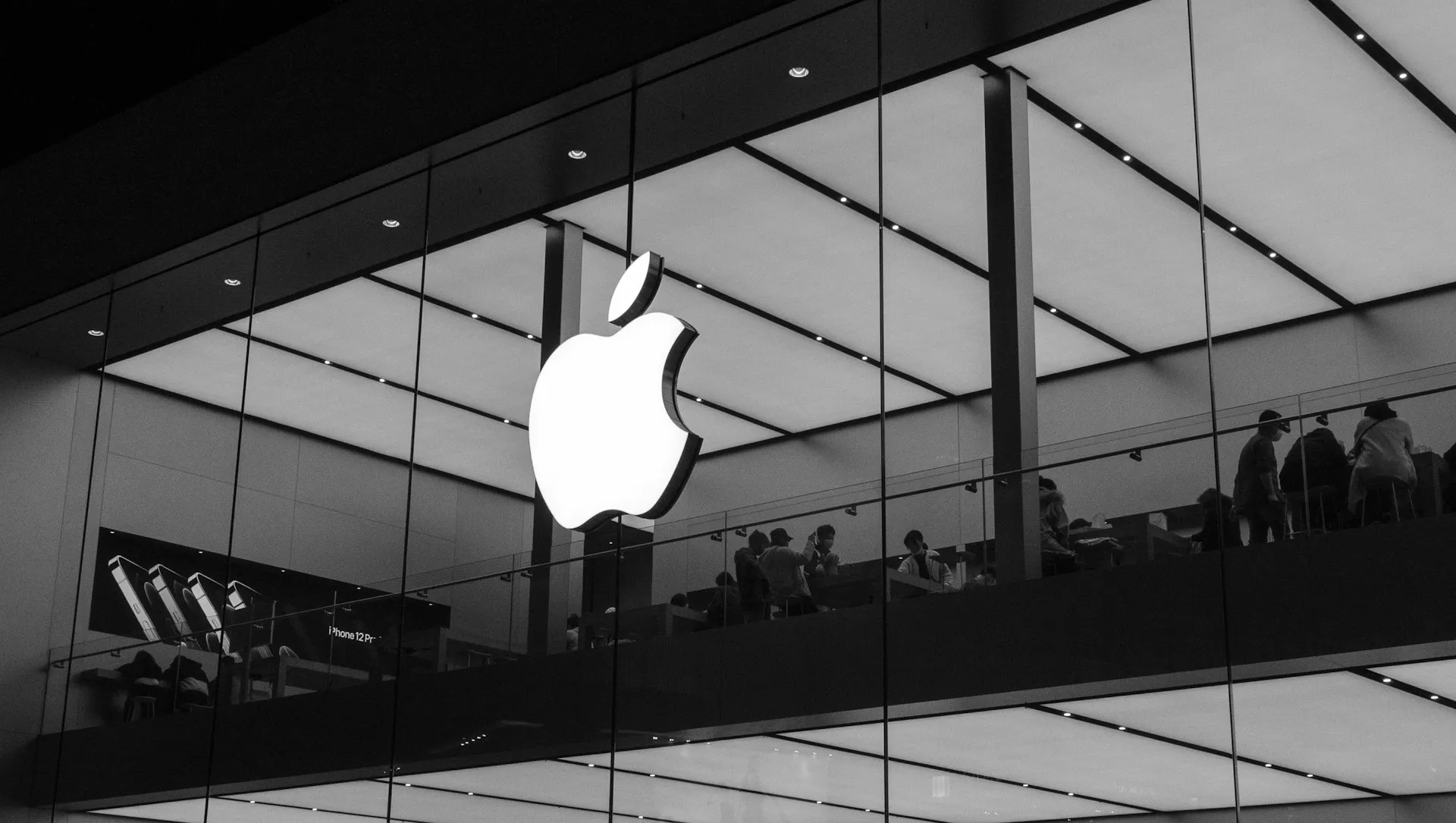

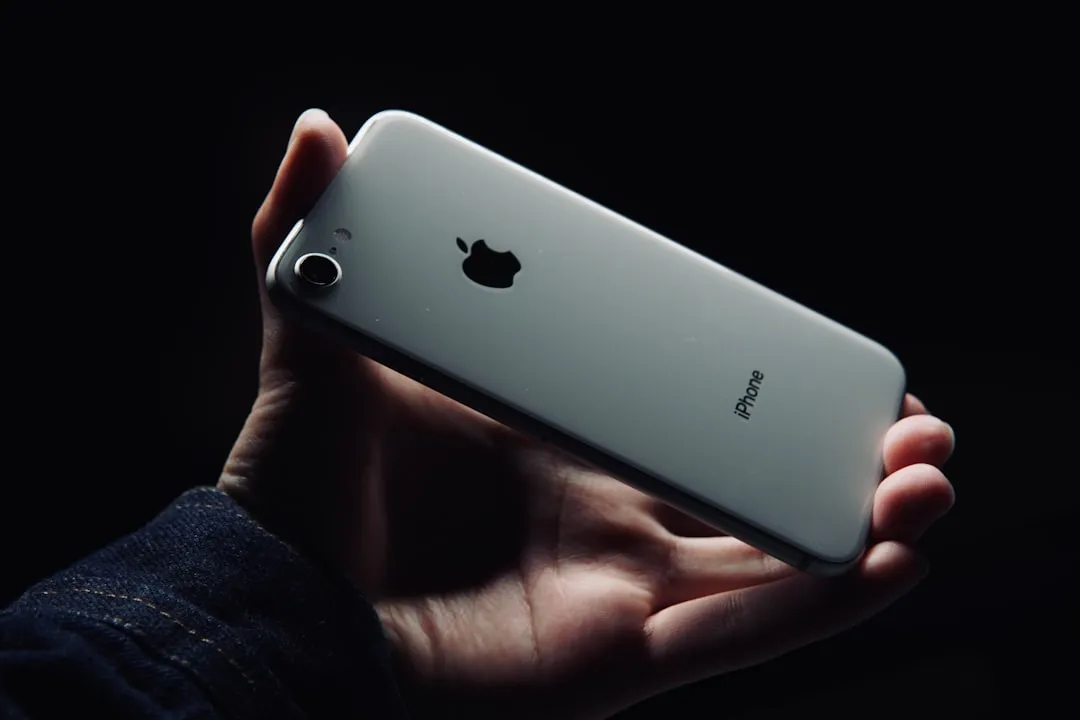

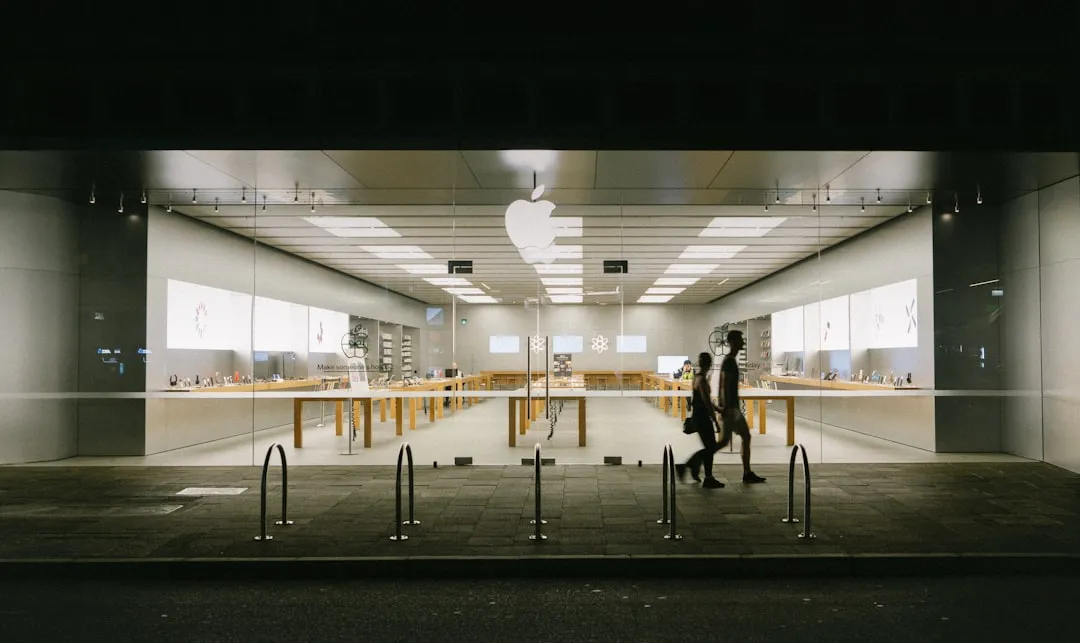

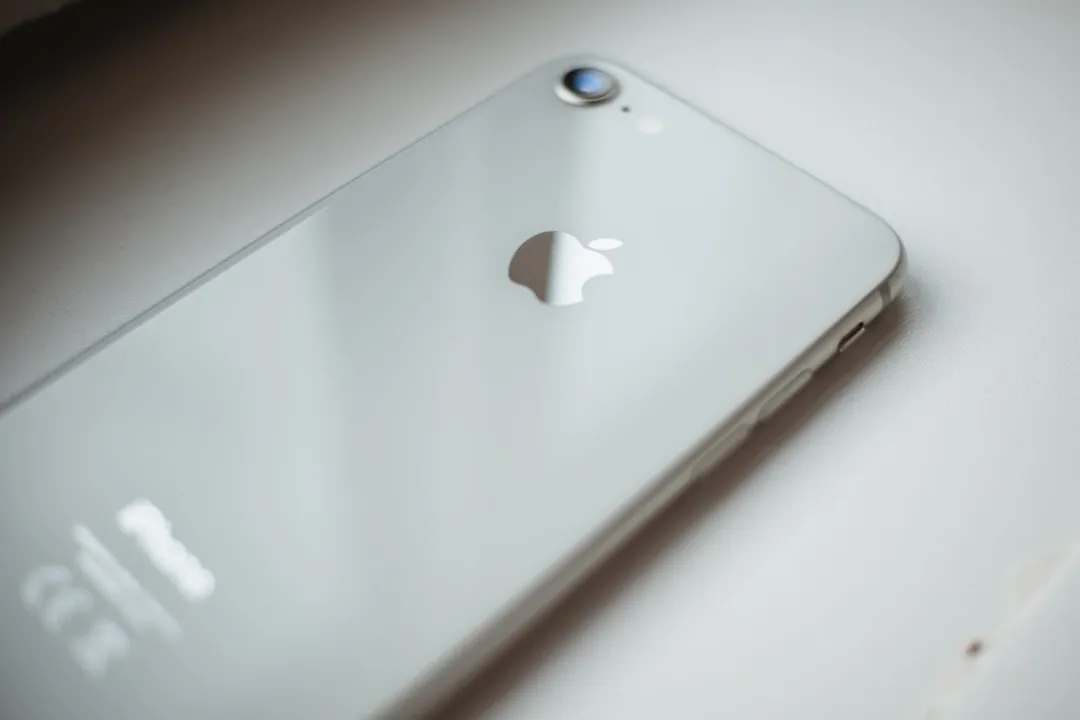
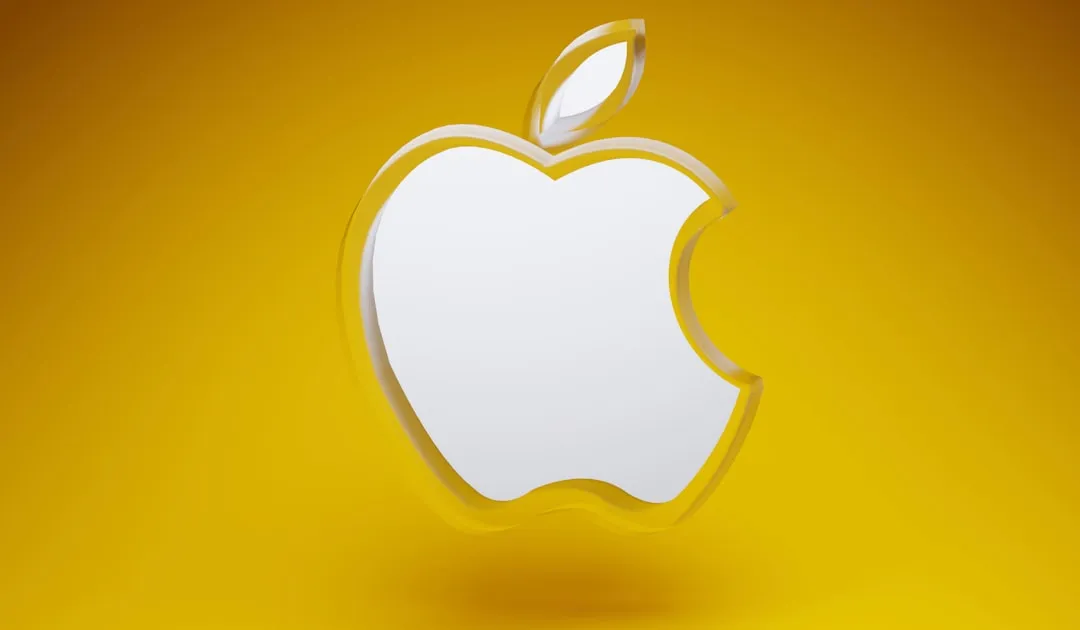
Comments
Be the first, drop a comment!